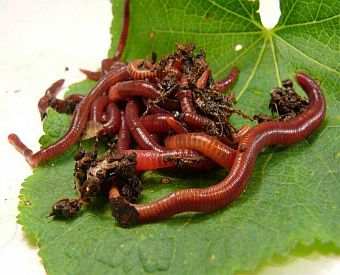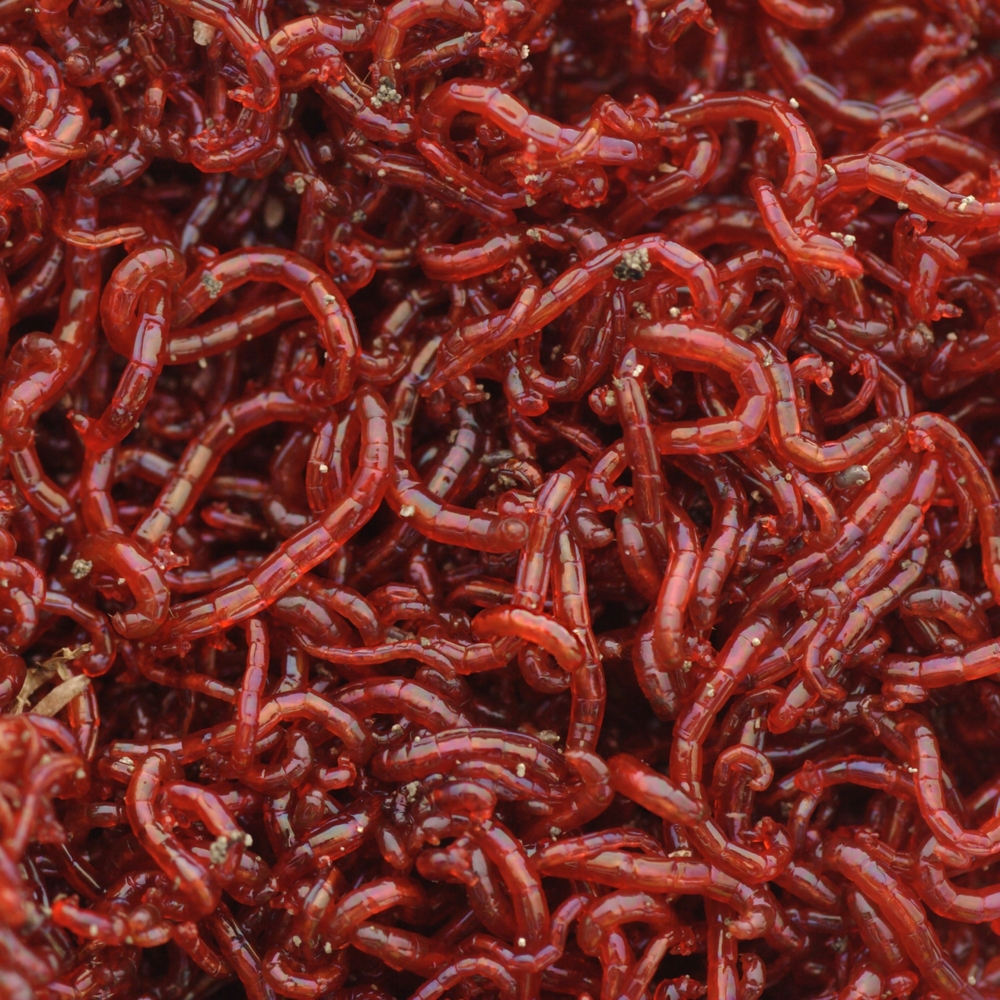Red worms: How to start composting
The Role of Red Wigglers in Sustainable Horticulture
The assimilation of red wigglers right into lasting horticulture practices provides a compelling strategy to enhancing dirt health and decreasing natural waste. The effects of using red wigglers extend past mere composting; their function in forming a much more lasting future warrants a much deeper expedition of their benefits and practical applications.
Understanding Red Wigglers
Red wigglers, scientifically called Eisenia fetida, are a varieties of earthworm renowned for their duty in lasting gardening and composting techniques - red wigglers. These worms prosper in disintegrating natural matter, making them especially efficient in transforming cooking area scraps and yard waste right into nutrient-rich garden compost. Unlike standard earthworms, red wigglers have a higher tolerance for varying wetness degrees and can prosper in environments with abundant organic material
(red wigglers for composting)Characteristically, red wigglers are smaller sized than their earthworm counterparts, typically measuring in between 3 to 4 inches in length. They have a reddish-brown pigmentation and have a segmented body framework that helps in their burrowing and feeding tasks. These organisms are hermaphroditic, meaning each specific has both male and female reproductive body organs, which allows for reliable population development under ideal problems.
The habitat choices of red wigglers include moist, dark atmospheres rich in organic content, such as compost containers or worm farms. Their eco-friendly function expands beyond composting; they are indispensable in aerating the dirt and helping with vitamins and mineral cycling, which inevitably adds to much healthier garden ecological communities. red wigglers. Comprehending the biology and actions of red wigglers is important for those looking for to implement efficient vermicomposting in lasting gardening
Benefits of Vermicomposting
Vermicomposting deals numerous benefits that boost sustainable horticulture techniques and contribute to environmental wellness. One of the primary advantages is the makeover of organic waste right into nutrient-rich garden compost, which boosts soil structure and fertility. The spreadings generated by red wigglers are packed with useful microbes and crucial nutrients, making them a superb natural fertilizer.
Furthermore, vermicomposting dramatically reduces landfill waste. By diverting kitchen area scraps and backyard waste from garbage dumps, this technique not just minimizes methane emissions-- a potent greenhouse gas-- however likewise advertises a round economic situation, where waste is repurposed as a resource.
One more advantage is the enhancement of soil aeration and drain (red wigglers). The burrowing task of red wigglers produces networks in the soil, enabling air and water to permeate more quickly, therefore promoting a healthier root system for plants
Furthermore, vermicomposting can be done on a little scale, making it available for metropolitan gardeners and those with limited space. This method encourages environmental stewardship and recognition, as people come to be a lot more involved with their waste administration practices. Ultimately, vermicomposting represents a sustainable, reliable, and eco-friendly strategy to horticulture that profits both plants and the planet.
How to Beginning Vermicomposting
Beginning your own vermicomposting system can be a satisfying endeavor that enhances your lasting gardening practices. To start, pick a proper container, such as a plastic bin or wood box, with great drainage and air flow. The dimension will depend on the quantity of kitchen area scraps you generate; a container of 10-14 gallons normally is enough for a household.
Following, prepare the bed linen material. Shredded paper, cardboard, and coconut coir are outstanding alternatives, supplying a comfortable environment for the red wigglers. Goal for a bedding deepness of about 4-6 inches, which need to be damp but not soaked.
Once the bed linen is established, present your worms. Red wigglers (Eisenia fetida) are the most appropriate for composting. Begin with approximately one extra pound of worms for each 2-3 extra pounds of kitchen scraps weekly.
Begin including kitchen waste, preventing meat, dairy, and oily foods, as these can draw in parasites and produce smells. On a regular basis keep track of the container's moisture levels and temperature level, ensuring it stays within the ideal variety for worm task. With these initial actions, you'll be well on your way to producing nutrient-rich garden compost for your yard.
Preserving a Healthy And Balanced Worm Container
A flourishing worm container calls for consistent care and focus to maintain an optimal atmosphere for the red wigglers. Trick factors to keep track of consist of moisture levels, temperature, and food supply. Preserving a dampness level akin to a wrung-out sponge is vital; excessive water can lead to anaerobic conditions, while inadequate can dry out the worms.
Temperature level is additionally essential, as red wigglers thrive in an array of 55 to 77 levels Fahrenheit. Severe temperature levels can emphasize the worms, potentially causing death. Consequently, putting the container in a climate-controlled area or utilizing insulating products can aid manage temperature changes.

Last but not least, aeration is essential. Regularly transforming the bed linens and utilizing a fork or shovel can prevent compaction and promote air movement, guaranteeing a healthy, flourishing atmosphere for the red wigglers. By adhering to these methods, garden enthusiasts can keep an effective worm container that supports lasting gardening initiatives.
Influence on Dirt Health
Enhancing soil wellness through the use of red wigglers is a fundamental element of lasting gardening. By eating natural matter, red wigglers damage down complicated products into simpler compounds, a procedure known as vermicomposting.

(red worms for sale)Researches have actually shown that soils enhanced with worm spreadings exhibit increased microbial task and improved fertility, bring about greater crop yields. By integrating red wigglers into horticulture practices, garden enthusiasts not only enhance their dirt yet additionally add to an extra lasting farming system, highlighting the interconnectedness of soil health and wellness and environmental stewardship.

Conclusion
In conclusion, red read what he said wigglers substantially contribute to lasting gardening through their reliable vermicomposting practices. By advertising waste decrease and fostering a round economy, red wigglers emerge as necessary components in eco-friendly gardening efforts, underscoring their essential role in ecological sustainability.